-
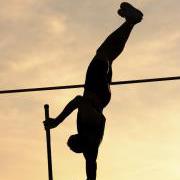
The decathlon consists of ten track and field events spread over two days and is the most physically demanding event for athletes. But how could changes to the points tables affect who wins? What events repay your training investment with the greatest points payoff? And what sort of athlete is going to do best in the decathlon - a runner, a thrower or a jumper? John Barrow investigates in this article aimed at older students and general readers.
-

What do the track bikes used by Olympic and Paralympic athletes have in common with the earliest penny farthing bicycles? Rachel Thomas explores the relationship between gear ratios and speed in cycling in this article aimed at older students and general readers.
-
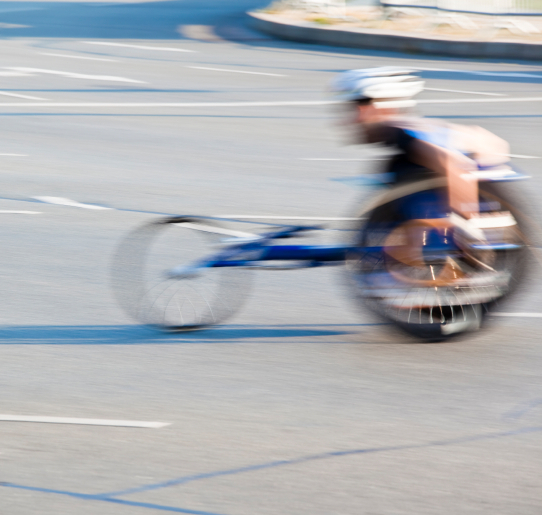
Wheelchair racing is one of the most exciting disciplines in the Paralympics. It also overturns some of our assumptions about Olympic track athletics: looking at the trends in world record performances for elite able-bodied and wheelchair track athletes shows that they are both very well defined but quite surprisingly different. Professor John D. Barrow explores the maths.
-

Never afraid of a challenge, before the start of the London 2012 Games we issued predictions for the total medal count for the top 20 countries. They were based on a mathematical model that took account of a country's GDP and population, its performance in 2008 and the home advantage bestowed on Great Britain and also China, who hosted the Games in 2008 (see Mapping the medals). So how did we do?
-
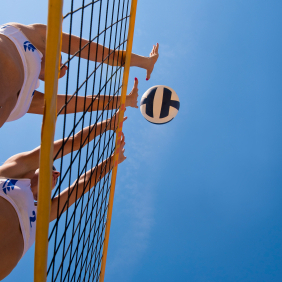
As with tennis, in both indoor volleyball and the beach version of the game a key skill is to serve the ball with a top spin. But why does putting a spin on a ball make such a difference to its path through the air? John Barrow explains in this very short article.
-
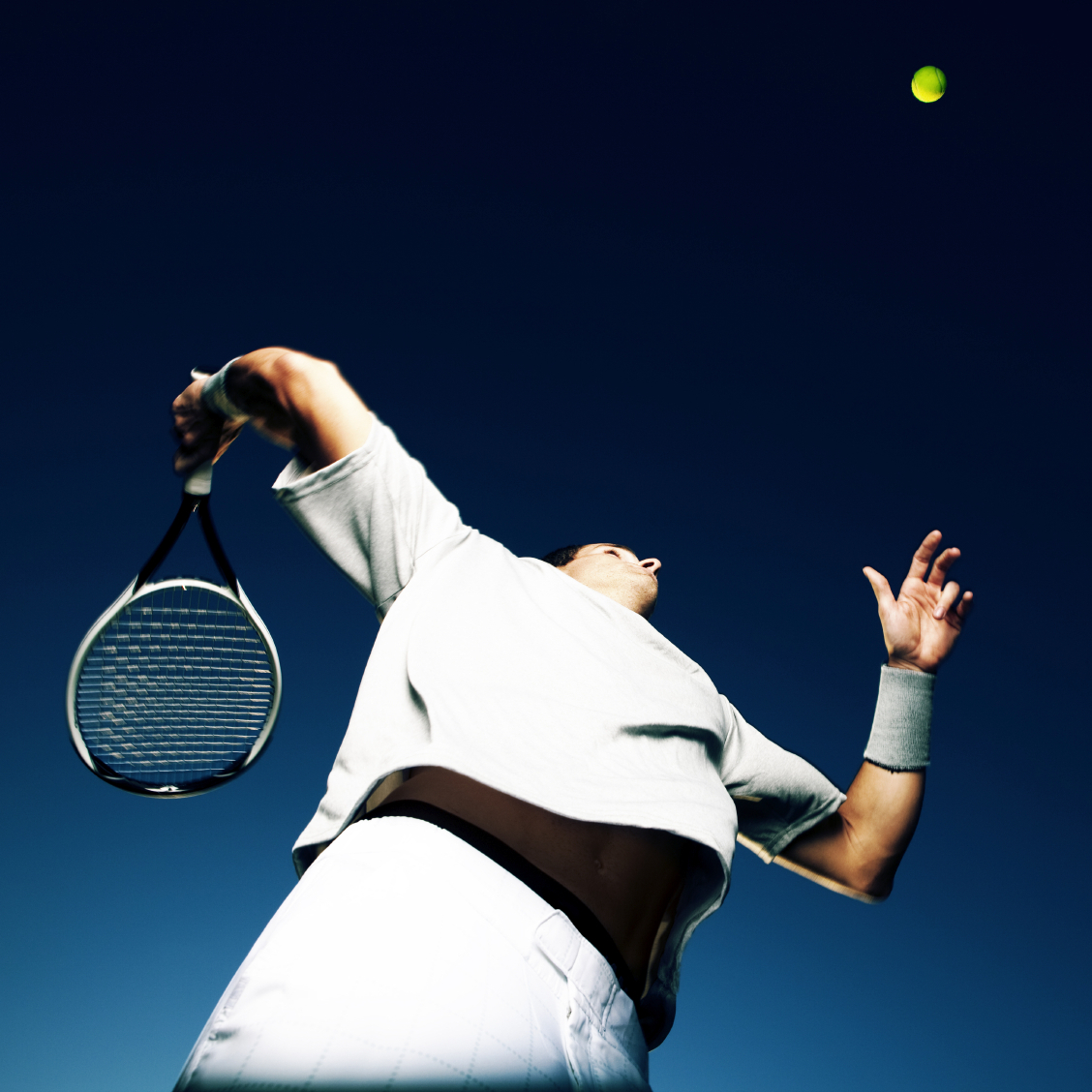
While it might be a little far-fetched to imagine top-rank tennis players performing calculations on the baseline, Dr Nick Ovenden has done just that to come up with a mathematical analysis of winning serves. He talks to Rachel Thomas about how spin's the thing in this short article aimed at general readers and older students.
-

London 2012 has vowed to be the cleanest Olympics ever, with more than 6,000 tests on athletes for performance enhancing drugs. But if an athlete fails a drug test, how likely is it that they really are cheating? John Haigh does the maths in our article, aimed at general readers and older students.
-

Who'll be the winner in the final medal tally at London 2012? Sport, with all its intricacies and vagaries, is always susceptible to variations in form, weather conditions and simple random events. But we like a challenge! So here is our predicted 2012 London Olympic medal count - and you can track how we're doing with our interactive medals map, updated daily during the Games.
-
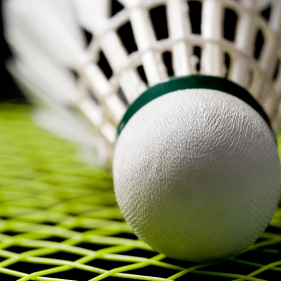
Shuttlecocks used for badminton are not like other projectiles found in sports. When you hit a tennis ball or a cricket ball with a racquet or bat it goes further the harder you hit it. But no matter how hard you hit the shuttlecock it won’t go much further than about 6 or 7 metres. John Barrow takes a quick look at the reason why in this very short article aimed at older students and general readers.
-

The abilities of equestrian athletes are amazing, but the skills of their horses are even more impressive. Ian Stewart looks at how mathematics can give insights into the different ways horses move in this short article aimed at older students and general readers.

